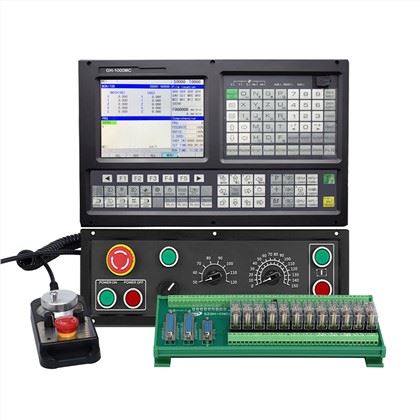GH cnc motion controller with Umbrella Type Arm Type For Open Side Type milling machine 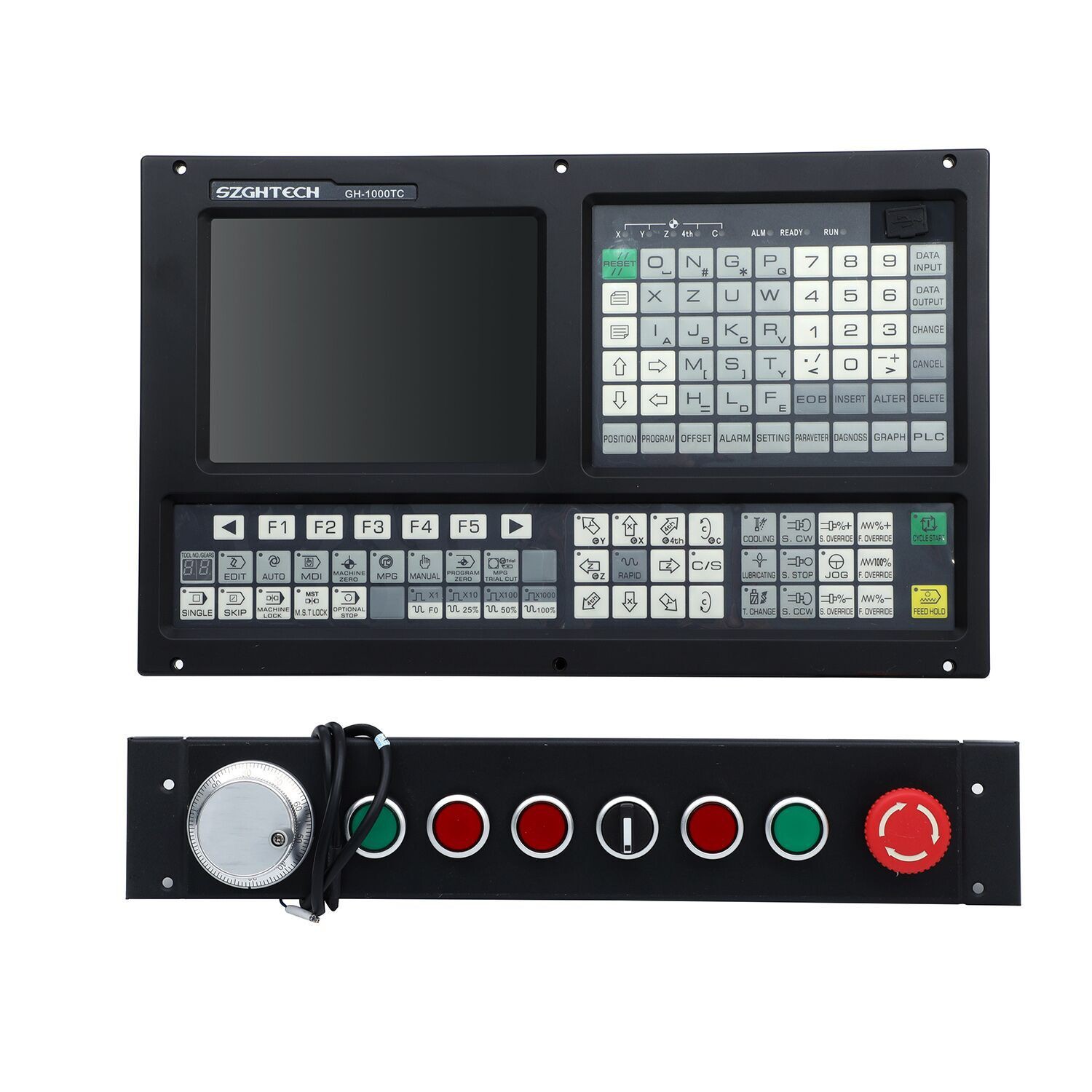
Function of our milling controller:
1)ATC function: Umbrella Type/Arm Type/Linear Type/Servo Type/Special Tool Magazine
2) Support Rigid Tapping: Following Mode/Interpolate Mode
3) Support Dual analog voltage(0~10V)& C-axis for Spindle servo
4) Support RTCP mode
5) Support Stepper/Increment/Absolute/EtherCAT/Powerlink Servo for Feeding Axes
6) Scanning Function & Follow Mode & Auto Tool Setter/Probe
Application:
GH's milling machine controller supports functions such as online configuration of servo parameters and online monitoring of servo status. It has the functions of online drilling and milling CAM, online programming wizard, and plane milling automatic programming. It supports the expansion of I/O, which can be adapted to disc-type tool magazines and hat-type tool magazines. The controller can meet the needs of machining centers and special machine tools.
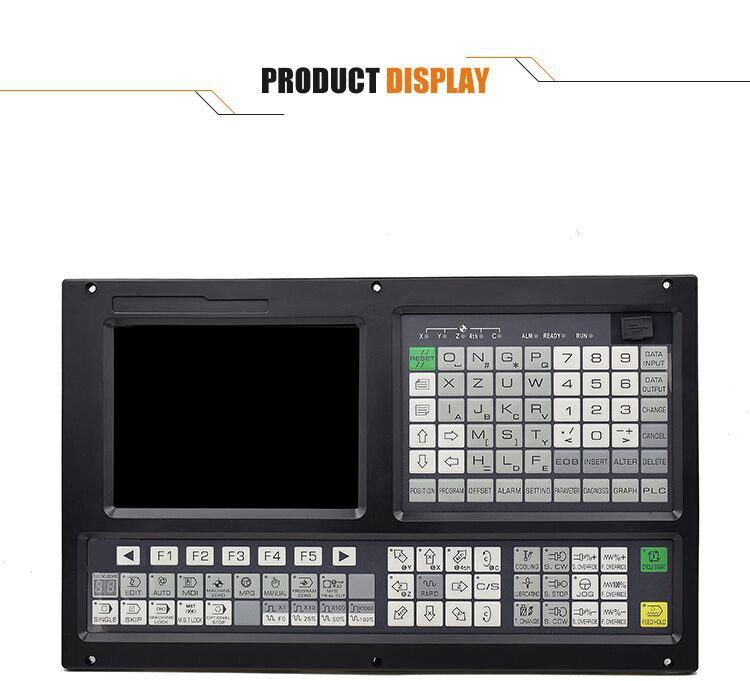

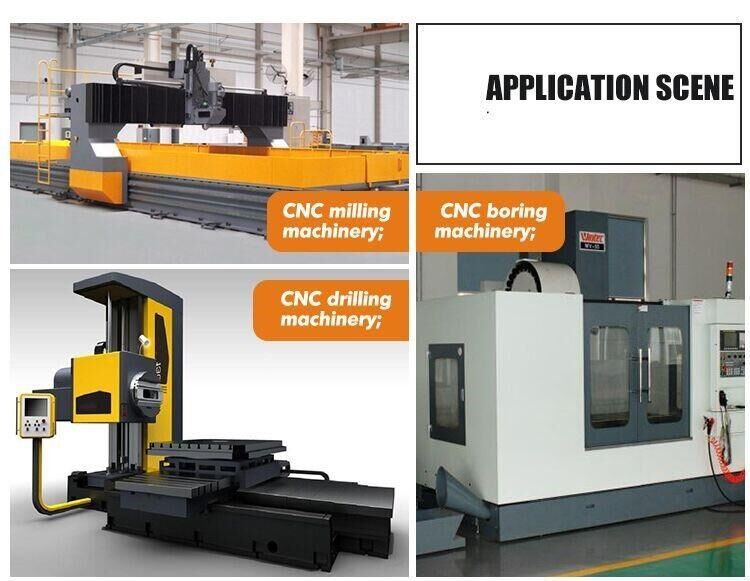
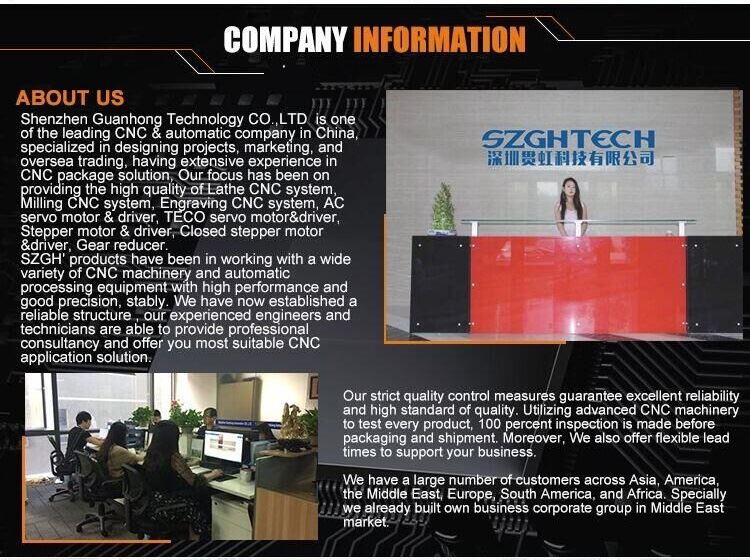
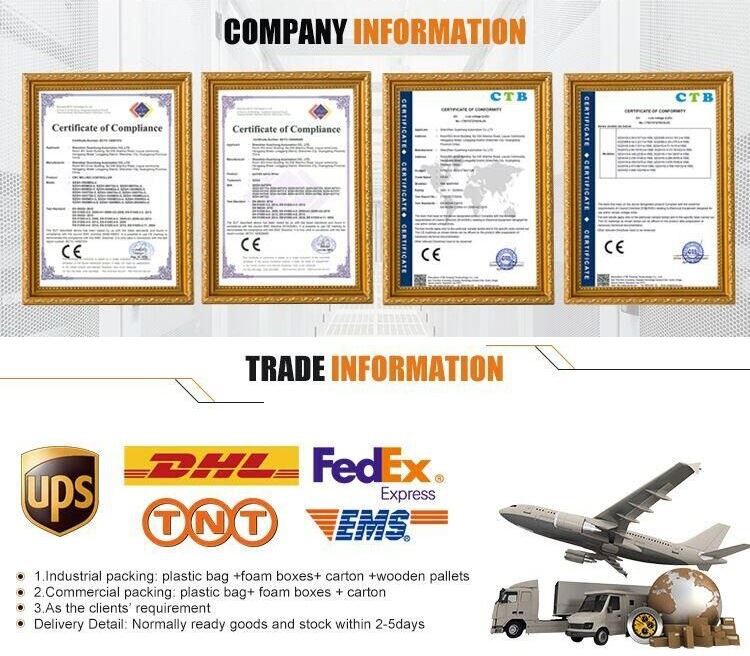
FAQ
Q: Are you trading company or manufacturer?
A: We are professional manufacturer cnc system products. And we trade our products with our clients directly.
Q: Can you do OEM and ODM?
A: Yes, OEM and ODM are both acceptable. The material, color, style can customize, the basic quantity we will advise after we discuss.
Our Service
1.More Professional service in cnc system total products exporting field
2.Better manufacture ability
3.Various payment term to choose:T/T,Western Union,L/C,Paypal
4.High quality/Safe material/Competitive price
5.Small order available
6.Quickly response
7.More safe and fast transport
8.OEM design for all customers
If you have any other question about our cnc motion controller, pls feel free to contact us as below!


